I just completed a trip after which I analyzed what I could have done better! You’re article has opened up even more ideas for the next one! The real thing is Plan, Plan, Plan (almost like making a pre-trip for your computer). Know what your questions are, stick to the point unless you have lots of time and a patient spouse, get the name of helpful librarians or volunteers for the things you realized you’d forgotten, BE FRIENDLY yourself, and be THANKFUL for them. Hope you don’t mind being quoted in a presentation I’m planning on the subject!
Why It’s Important to Visit a Library in Your Ancestral Location
- By Esther


 This is a guest post by George G. Morgan, President of Aha! Seminars, Inc., and an internationally-recognized genealogy lecturer. He is the prolific award-winning author of hundreds of articles for magazines, journals, newsletters, in genealogical publications, and at online sites internationally. His 12th book, the fourth edition of “How to Do Everything: Genealogy,” was released in 2015. He is also co-host of “The Genealogy Guys” podcast, the longest running genealogical podcast, with thousands of listeners around the globe.
This is a guest post by George G. Morgan, President of Aha! Seminars, Inc., and an internationally-recognized genealogy lecturer. He is the prolific award-winning author of hundreds of articles for magazines, journals, newsletters, in genealogical publications, and at online sites internationally. His 12th book, the fourth edition of “How to Do Everything: Genealogy,” was released in 2015. He is also co-host of “The Genealogy Guys” podcast, the longest running genealogical podcast, with thousands of listeners around the globe.
Gone are the days of librarians with their hair in a bun, wearing pince-nez, and shushing patrons. Libraries are now exciting hubs of information and activity in their communities. They provide computer equipment, databases of interest to their local populations, educational programs, and a wide variety of activities for every age group, as well as books, periodicals, microfilm, and more.
Many family historians attempt to conduct genealogical research exclusively from home using their computers. While there is certainly a vast, growing body of resources being made available online, we are a long journey away from having everything available electronically. On-site research will always be an essential part of our strategy.Researchers are missing out on important materials held in local libraries that probably will never be scanned and indexed for the Internet. Many or most of these resources may not even be cataloged by the library because of the personnel expense involved in doing so. You should, therefore, plan to make research trips to the locations where your ancestors lived and be sure to include time for a lengthy visit to the local library to explore the many resources there.
On a recent vacation trip to Newberry, South Carolina, we spent time over two days in the Hal Kohn Memorial Library. I had accessed the online catalog in advance to determine what family and local history books were available. Remember, too that not all libraries’ catalog entries, especially those of smaller libraries are submitted to WorldCat. It is, therefore, important to identify the local libraries in the area and directly access their specific online catalogs.
I found some volumes that, from home, would only have been accessible using interlibrary loan. By visiting the library, I could spend time effectively reading, photocopying or scanning indexes and pertinent pages, and getting the most from these books.
There were many unique items in this library that cannot be found elsewhere, and these were a boon to my research. These included:
- Local historical maps – The collection contained many topographical maps of South Carolina and of Newberry County that reflected boundary changes over the centuries. There are some old property and plat maps of specific areas that may yield clues about the locations of your ancestral families.
- Genealogical charts – The library has collected individuals’ pedigree charts and family group sheets contributed by local genealogists and from out-of-town researchers who have deposited copies of their charts in hopes of connecting with other family historians.
- Microform – The local library has amassed a unique collection of microfilm that is a treasure trove. This includes; many of the local newspapers from 1858 forward; Records of the Bureau of Refugees, Freedmen, and Abandoned Land (SC); Bureau of Freedmen Reports for Newberry County; Naturalization Records, Federal Courts (1790-1906); Church Archives (1792-1992); Property Maps (1784-1840); Early Miscellaneous Records (Categorized by Family Last Names); Newberry Court of Common Pleas (1839-1906, multiple record types); South Carolina Will Transcripts (1782-1858); Postmasters of Newberry County; Dutch Fork Saxa-Gota Pioneers; Old Newberry District Quarterly Newsletters [local genealogical society] (1992-1999); and microfilmed papers of several prominent local citizens.
- Manuscripts – There are some unique manuscripts of family and local history, some of which are bound, and others are contained in file cabinets.
- City directories – There is a diverse collection of city and telephone directories for Newberry and some other communities in the county
- Photographs – A collection of local historical photographs of the textile mills in Newberry and of other subjects from around the county are maintained in files, and a few specimens are framed in the library’s genealogy room.
- Postcards – Vintage postcards depict prominent buildings and scenes from the area.
- Vertical files – File cabinets containing newspaper clippings, theatrical programs, and other documentation about the area are maintained.
In this library’s collection, I found a substantial number of materials for my own research.
• I used a number of books from the library’s genealogical reference collection, including:
- The Annals of Newberry by John Belton O’Neall, LL. D., AND John A. Chapman, A.M. (I own a copy of the book, but it was great to be able to use a copy on-site as a reference.)
- Bicentennial History of Newberry County, compiled by the Newberry Historical Society, provided historical articles and photographs of areas of the county where family had lived, stories about landmarks and buildings and their histories, and biographical sketches of individuals and families.
- Newberry As It Was … (two volumes) by Cynthia Mower Martin, et. al. These books contain a wealth of historical photographs dating from the late 1800s to the 1960s. Names of individuals in group photos were listed, and I found several of my family members.
The maps provided visual information about Newberry County’s boundaries that helped point me to other counties’ courthouses where older records may be held. A plat map showed me the precise location of one ancestor’s land in the mid-1800s.
I spent time working through microfilm of the Newberry Observer newspapers. I found a number of obituaries I had wanted as well as the announcement of my spouse’s parents’ marriage on 31 January 1943, as shown on the image to the right.
A one-of-a-kind typed manuscript provided insights and clues for one of my ancestral families.
I used several city directories to verify addresses in between census years to help trace family movements.
The historical photograph prints and vintage postcards gave me another visual perspective of the area.
The library’s website is also the portal to some other unique materials that I might not have considered before or couldn’t necessarily find elsewhere, a few of which are:
- Links to Local Cemetery Images containing photos of tombstones in many sites in the area. This showed me images not otherwise found on Find-a-Grave, BillionGraves, and the USGenWeb site for South Carolina.
- Newberry, South Carolina Blog provided some historical information, photographs, vintage postcard images, Sanborn Fire Insurance Map images of local buildings and links to even more at the University of South Carolina Libraries site. I could see the construction of a number of homes and commercial business of interest.
- Obituary Abstracts lists names of deceased individuals in the community of Whitmire, their date of death, and the date of the Newberry Observer newspaper in which their obituary appeared.
In addition to the resources in the library’s collection, the library director Sam Ziady and several staff members are knowledgeable about the area. They also have contacts with local residents who can be contacted about various historical and genealogical subjects. Mr. Ziady suggested names of people who might provide detailed information about local families.
Your ancestor’s context can be greatly expanded using the growing wealth of online resources such as those at MyHeritage.com to get clues to the areas where your ancestors lived and worked. Using those clues, you can quickly learn their historical locations and then make connections to the libraries in those areas. It is quickly apparent that local public and academic libraries are an access gateway to many unique historical materials about the history and residents of the area. You will want to plan a research trip to visit the library and be prepared to become immersed in these excellent resources.
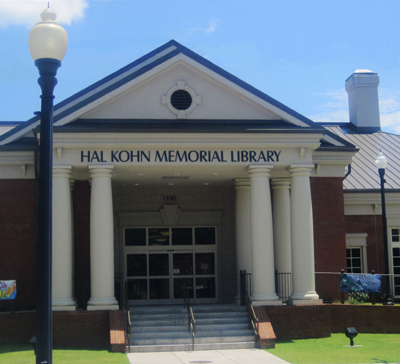
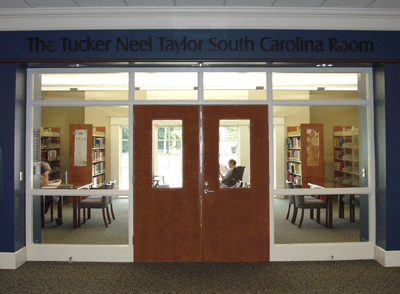


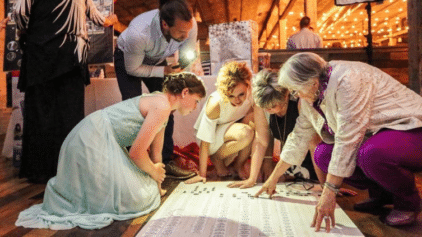
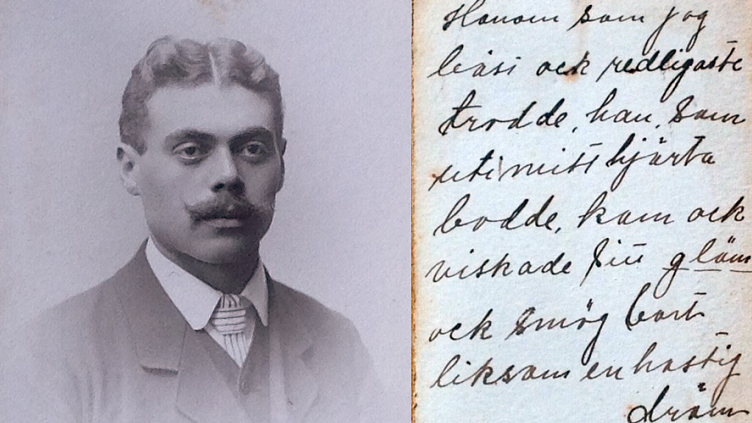





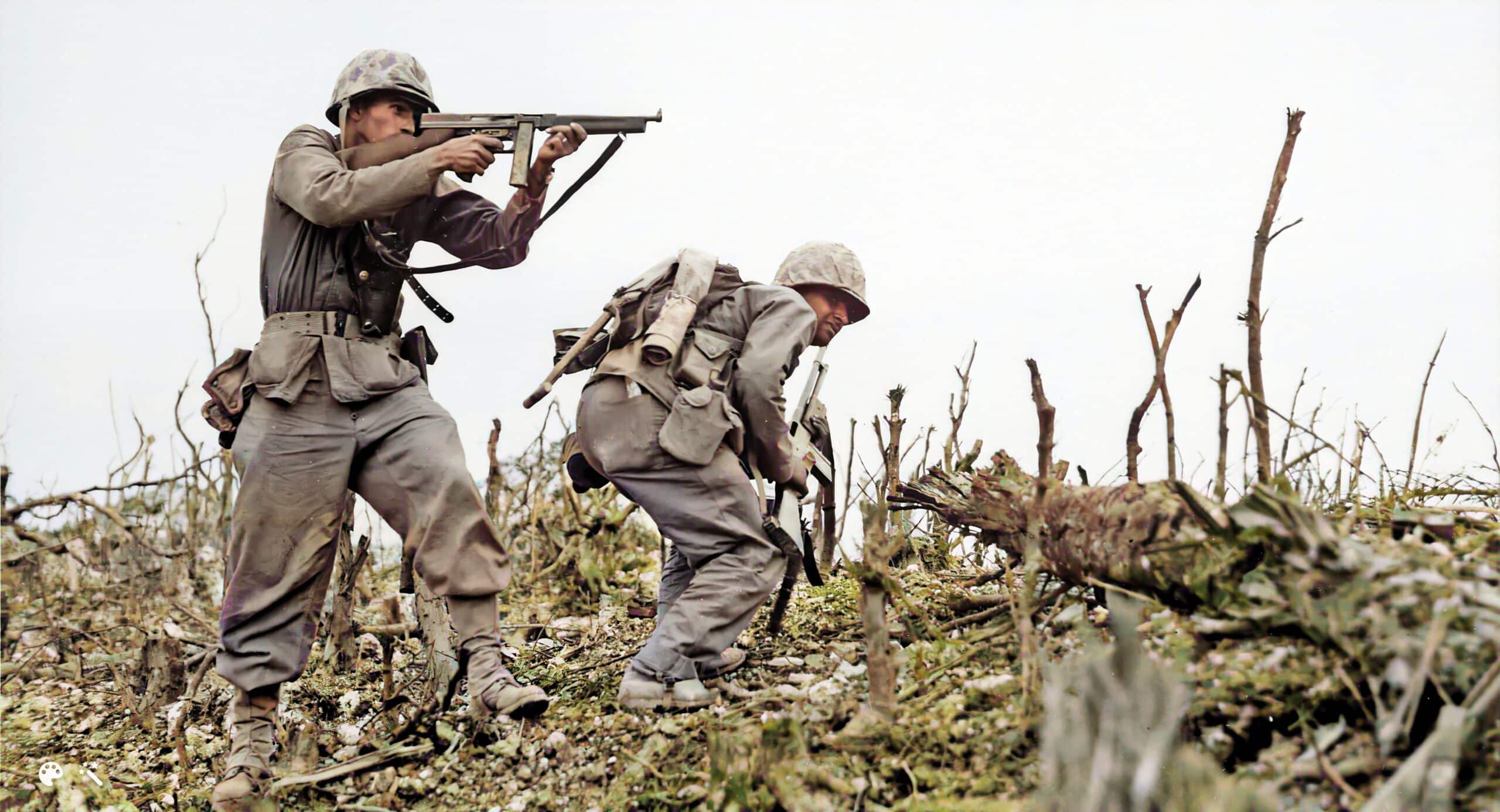

LarryN the exLibraryN
August 15, 2016
Great article, George! When I was at Rochester NY Public Library, we tried to make almost all of these things available to use for free 24/7. [http://www3.libraryweb.org/lh.aspx?id=1128]